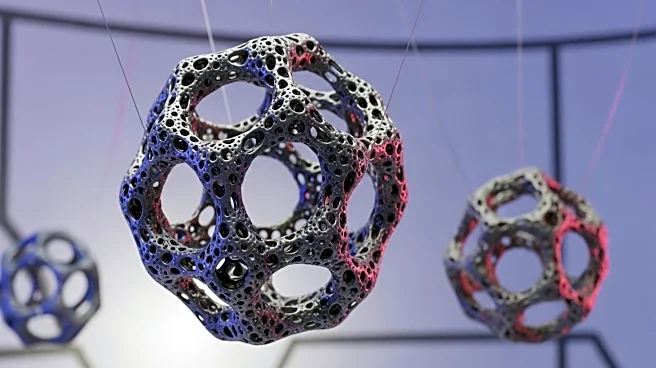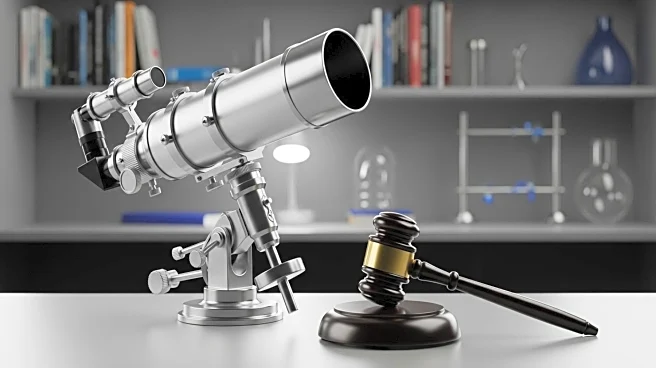What's Happening?
Recent research has examined the effects of irradiation on Fe–Cr alloys, focusing on the relationship between chromium content and irradiation-induced swelling. The study utilized first-principles calculations to predict swelling evolution in Fe-based compounds, revealing a two-stage swelling process due to point defects and small defect clusters. The presence of chromium was found to significantly reduce swelling compared to pure iron, with higher Cr concentrations stabilizing defect clusters and reducing void formation. The research highlights the role of Cr in mitigating irradiation-induced stress and promoting the formation of stable C15 Laves phase structures.
Why It's Important?
This study is significant for industries relying on Fe–Cr alloys, particularly in nuclear applications where materials are exposed to high levels of radiation. Understanding the effects of irradiation on these alloys can lead to improved material design and enhanced durability in nuclear reactors. The findings may influence future alloy compositions to optimize performance and longevity under irradiation. Additionally, the research contributes to the broader field of materials science by providing insights into defect formation and stability in irradiated environments.
Beyond the Headlines
The study's implications extend to the development of more resilient materials for use in extreme environments, potentially impacting sectors such as aerospace and defense. The findings also raise questions about the long-term sustainability of current alloy compositions and the need for ongoing research into alternative materials. Ethical considerations may arise regarding the environmental impact of mining and processing chromium, as well as the disposal of irradiated materials.










